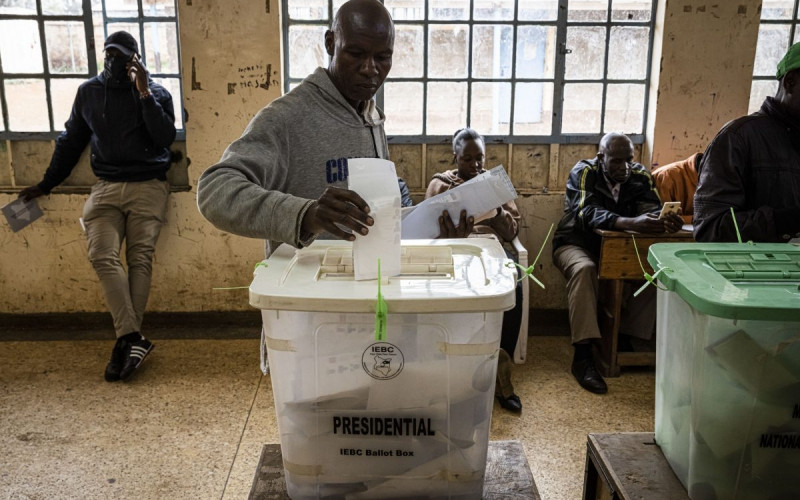Among other things it prompted the formation of the Movement for Multiparty Democracy (MMD) in Zambia. It began in 1990 as a civil society movement to fight for the re-introduction of multiparty politics after 18 years of one-party rule by the United National Independence Party (UNIP) and became a political party following the repeal in 1990 of Article 4 of the Republic Constitution to allow for the formation of parties other than UNIP. Starting with its defeat of UNIP in the first multiparty election of 1991 the MMP has carried four consecutive general elections, winning again in 1996, 2001 and 2006.
This paper traces the evolution of the MMD from its formation and examines the issues associated with Zambia’s political and governance climate that have helped to shape the MMD. The discussion essentially centres on six of these questions. The first is the genesis of the MMD from its formation as a pressure group to campaign for the re-introduction of a multiparty system. It specifically looks at such aspects as the groupings that constituted the nascent MMD, and the factors that made the new party sufficiently attractive to the electorate for it to win a large majority in the 1991 presidential and parliamentary elections.
The second part examines the MMD’s internal structure and the third, its sources of funding. Fourth is an attempt to assess how far the MMD has been able to fulfil the promises it made in the 1991 elections. Sections six and seven examine the reasons for the party’s very poor performance in the 2001 elections, and the loss of its national base. Lastly comes an evaluation of the lessons to be learned from the MMD’s transformation, given its original raison d’être of opposition to a one-party system, into to a party that has held power for 15 years; and a discussion of the socio-political factors that have shaped this process.
SAIIA sincerely thanks those who acted as peer reviewers for these papers.







